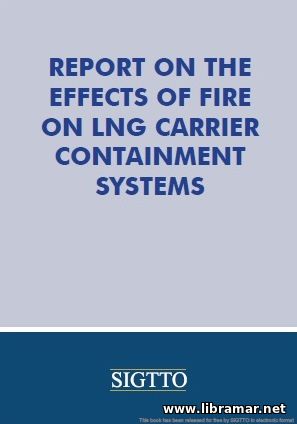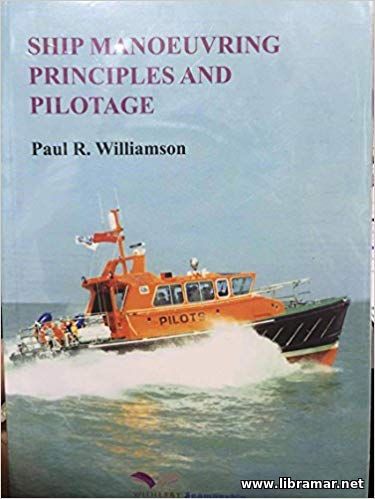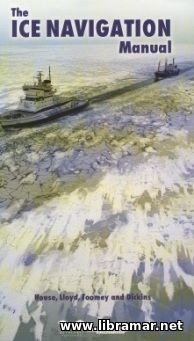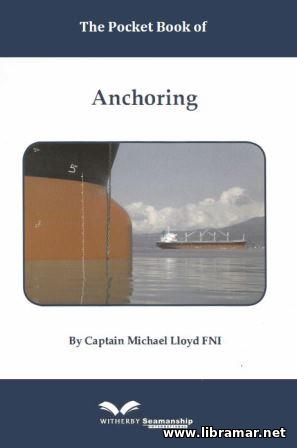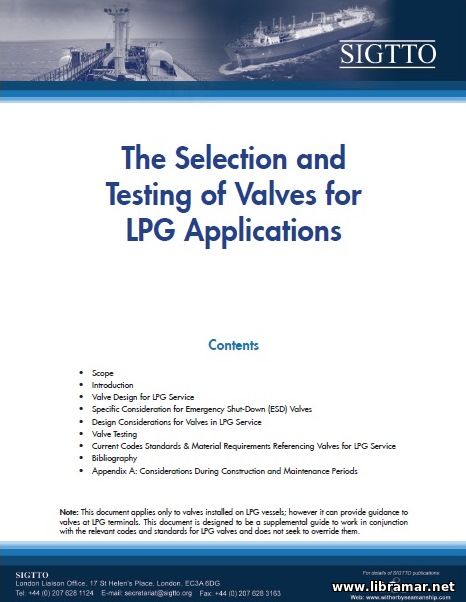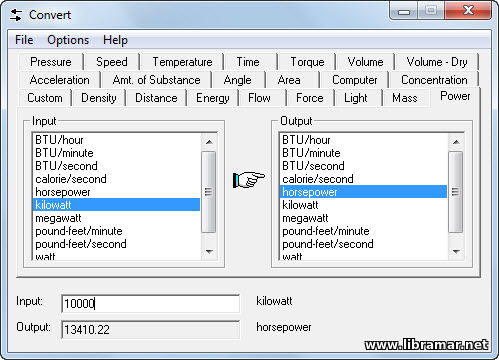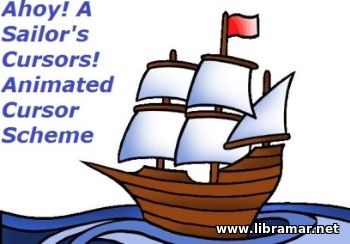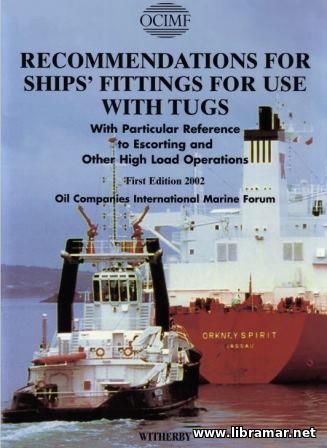
The main objective of the authors of the present document and of the OCIMF was to provide the maritime shipping industry, particularly tanker sector of it, with the professional recommendations and guidance relating to the fittings installed on the tanker vessels for working with the tugs.
With the introduction of the more and more powerful tugboats, it is now becoming clear than the incompatibilities between the forces that are exerted by the fittings and the tug, can put the safety of the people on board in danger. It can also affect the security of the connections made for towing, resulting in the damage to the associated equipment on both vessels.
That is why it is critically important to ensure that the fittings are duly sized and placed; due attention shall also be paid to their reinforcement and identification. The recommendations provided in this compact volume, when thoroughly understood and followed, will promote in the increased effectiveness and safety of the operations.
Note that the volume contains minimum requirements to be met and shall be taken into consideration by both the tanker operators and crews of the tugboats, as well as the shipbuilders and designers, port authorities, pilots and all other parties involved.
